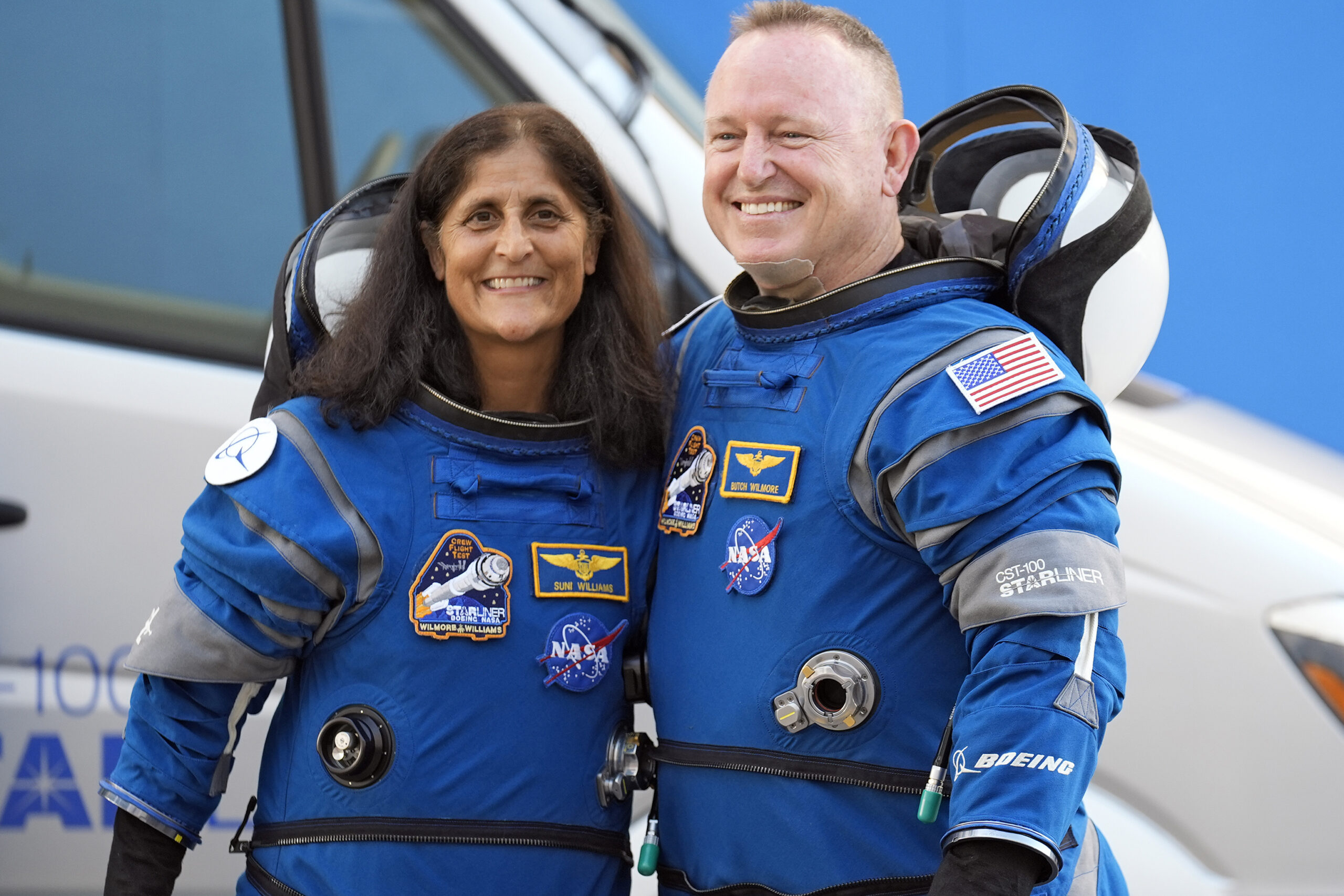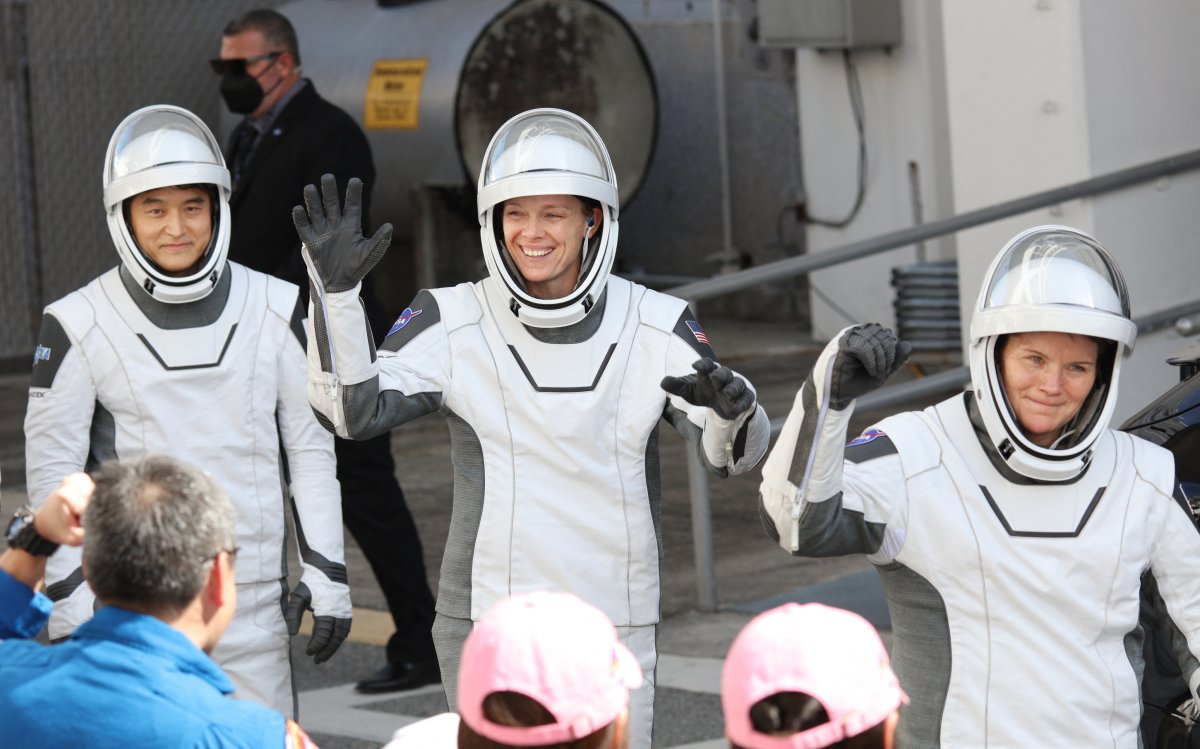
Astronauts undergo years of rigorous training to spend time on the International Space Station. Still, their bodies suffer many changes while they are in microgravity. Texas A&M University’s Aerospace Medicine Program is putting long-duration spaceflight at the center of its research and education, a first-of-its-kind initiative.
Astronauts are known to face multiple health challenges while in space. The National Aeronautics and Space Administration (NASA) defines these risks by the acronym RIDGE, which represents conditions that spring from space radiation, isolation and confinement, distance from Earth, gravity fields and hostile/closed environments.
Radiation exposure results from galactic cosmic rays and solar particle events. It is assumed that exposure to these for long periods of time can lead to an increased cancer risk, nervous system damage, degenerative tissue effects, acute radiation syndrome and other diseases. These predicted outcomes are parallel to what was experienced in the days, weeks and years after the Chernobyl disaster.
Isolation and confinement can lead to mental health difficulties. Sleep, mission fatigue and communication trouble are some of the obstacles astronauts face during extended missions. Once back home, astronauts may have trouble adapting back into their families’ daily routines.
The distance from spacecraft to Earth does not allow astronauts to pop out to the grocery store or pharmacy if they need something. Instead, the payload they carry with them must have all the necessary medical supplies when it leaves Earth. Anticipating every possible situation, which also involves balancing cargo weight and risk, is part of the equation.

Gregg Newton/AFP via Getty Images
During space travel, astronauts encounter Earth’s gravity and the weightlessness of space. With travel to Mars comes a third force factor: Mars has its own gravitational pull, one-third that of Earth’s. Adaption and re-adaption to those circumstances is an obstacle that affects balance and bone density.
Texas A&M’s program is led by a doctor with keen knowledge of space travel. Dr. Jeffery Chancellor is a physicist and space radiation expert who has worked on over 10 NASA-funded flight studies. His wife, Dr. Serena Auñón-Chancellor, a physician with 15 years of experience as an astronaut, is an associate professor in the College of Medicine at the university.
“We currently have three students in the inaugural aerospace medicine distinction track class, and we anticipate future cohorts to consist of five to 10 students annually. Considering the specialized nature of the curriculum and the hands-on learning opportunities, we strive to maintain a selective program to ensure each student receives a high-impact, personalized experience,” Chancellor told Newsweek.
That personalized experience includes course study specifically honed to fit the program and the future of space travel. “In addition to core content on human physiology in space and the operational principles of aerospace medicine, the track also covers topics such as environmental control and life support system (ECLSS), radiation biology, aviation safety, countermeasure development and space policy and ethics. Students engage in simulation-based training, research project design and collaborations with partners like NASA, commercial spaceflight firms and military aerospace units. The objective is to bridge the gap between clinical medicine and the operational, technical and scientific challenges of spaceflight,” he said.
Texas A&M isn’t the only university in the U.S. with an aerospace medicine program. The University of Central Florida and University of California, Los Angeles, offer their own programs. The U.S. Army, Air Force and Navy also have aerospace medicine curricula.
The Mayo Clinic offers the Mayo Aerospace Medicine Fellowship, a two-year accredited program that focuses on clinical work.
“Our program aligns closely with other aerospace medicine curricula in foundational areas like flight physiology, emergency preparedness and the management of aerospace-related illnesses,” Chancellor said.
“Where we differentiate is our emphasis on emerging spaceflight environments—particularly long-duration missions in microgravity, lunar surface operations and commercial spaceflight. We intentionally incorporate lessons from analog missions, spaceflight simulations and current research on the biological impact of space exposure.”
“Additionally, distinction students will participate in immersive analog training scenarios, mirroring components of residency-level aerospace medicine programs. These include experiences such as attending specialized training at the FAA’s Civil Aerospace Medical Institute (CAMI), shadowing flight surgeons at commercial spaceflight companies, participating in preflight medical briefings and observing launch and landing recovery operations. These activities are designed to provide early operational exposure and prepare students for the realities of clinical aerospace medicine in both governmental and commercial environments,” he said.

AP/chris
Texas A&M researchers are studying the effects of RIDGE as well as the practicality of certain aspects of aerospace medicine, such as the difficulties of filling a syringe in space to either inject a patient or draw blood.
Aerospace medicine has been greatly impacted by assumed outcomes based on experiences on Earth. Texas A&M’s program is designed to discover if those assumed outcomes are truths. “Since the beginning of the spaceflight program, there have been no documented health outcomes in crew members that have been attributed to space radiation exposure. The risk assumptions are based on outcomes on Earth, such as those observed in people who survived atomic bombs or occupational incidents like the Chernobyl disaster,” the university said in a statement.




